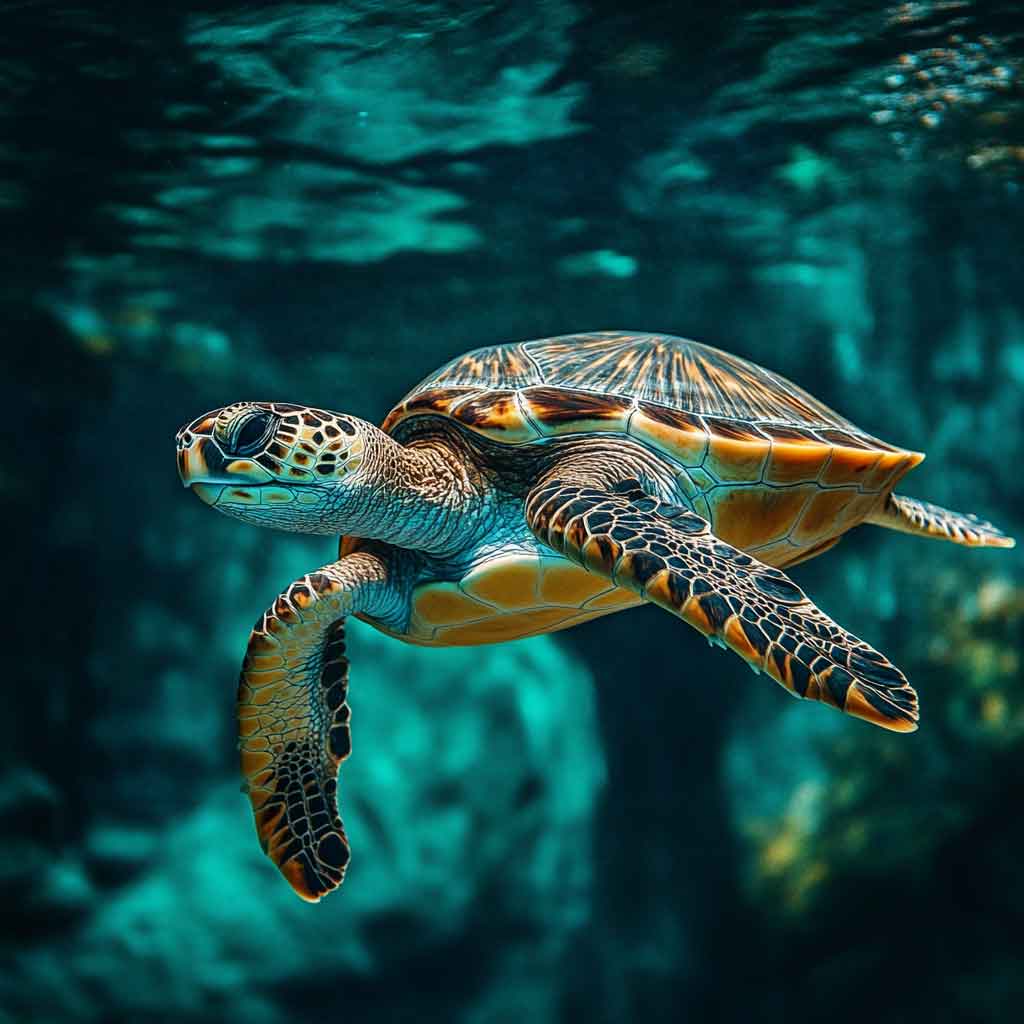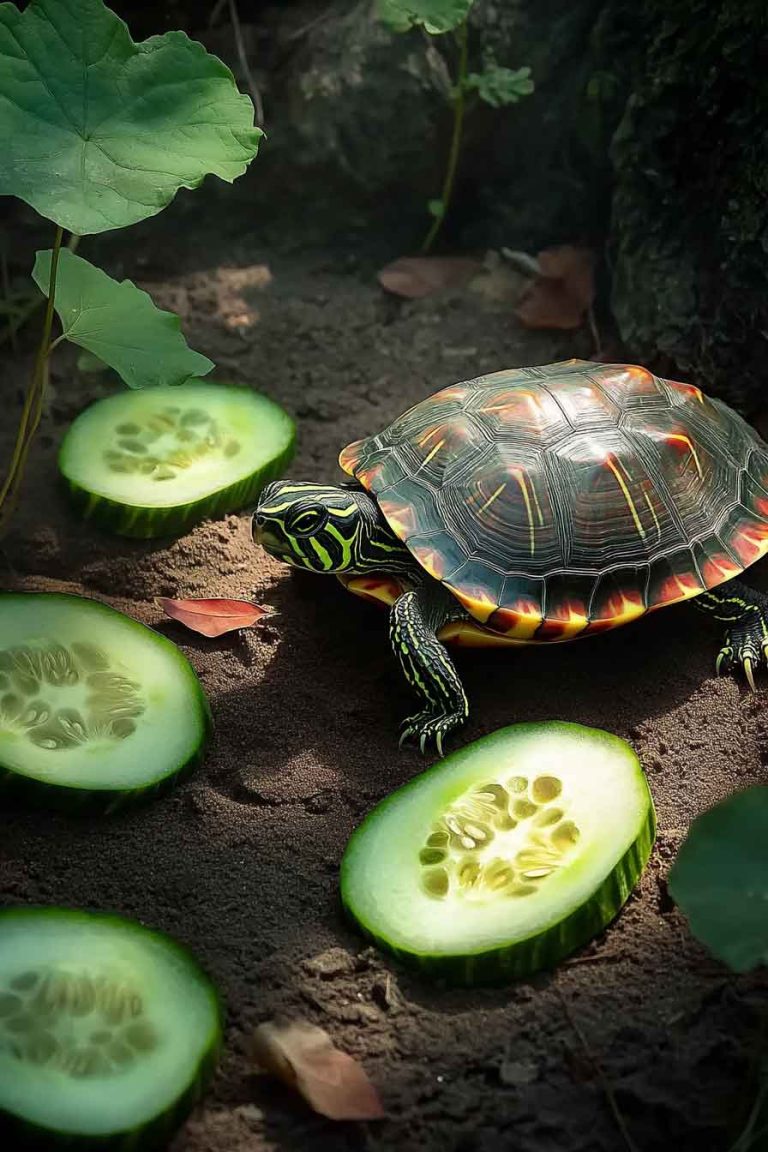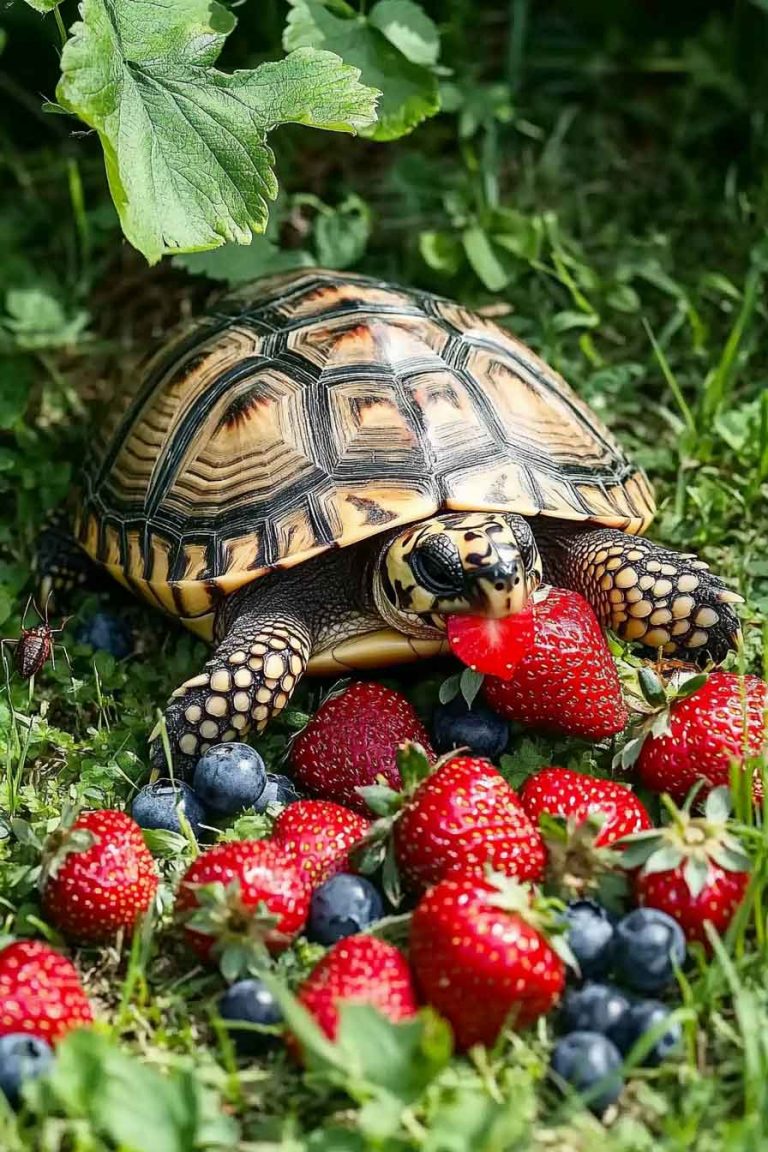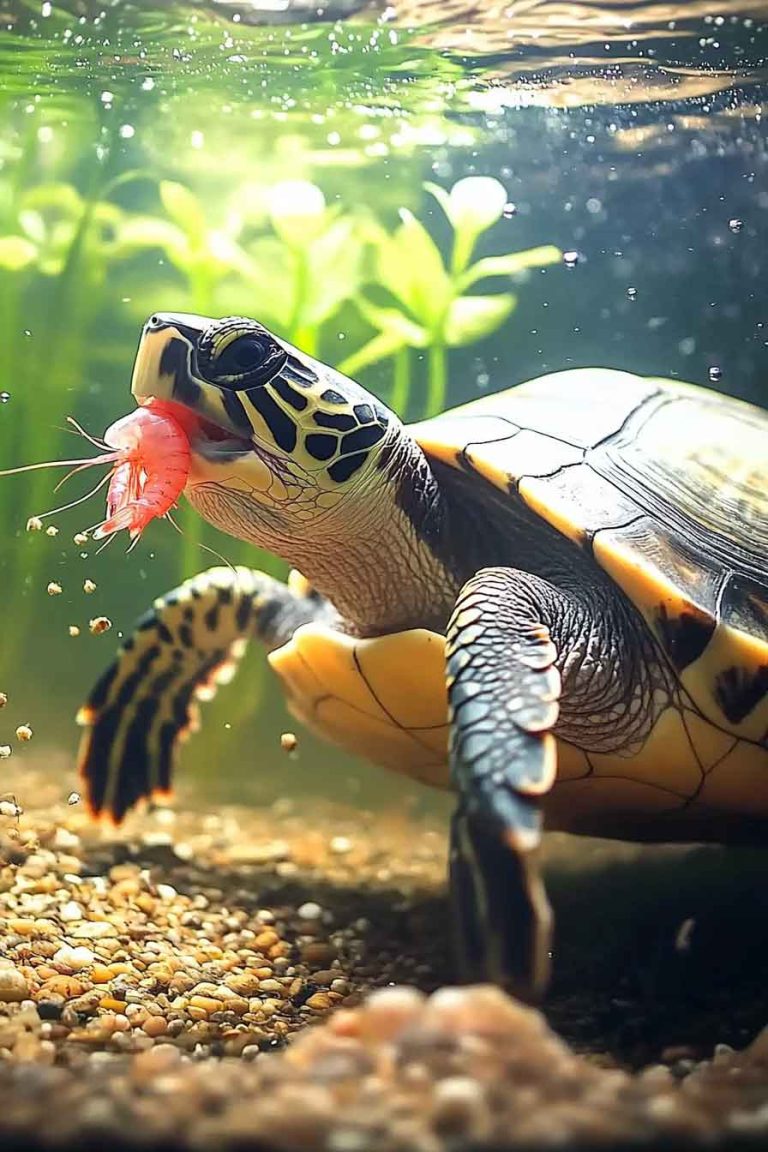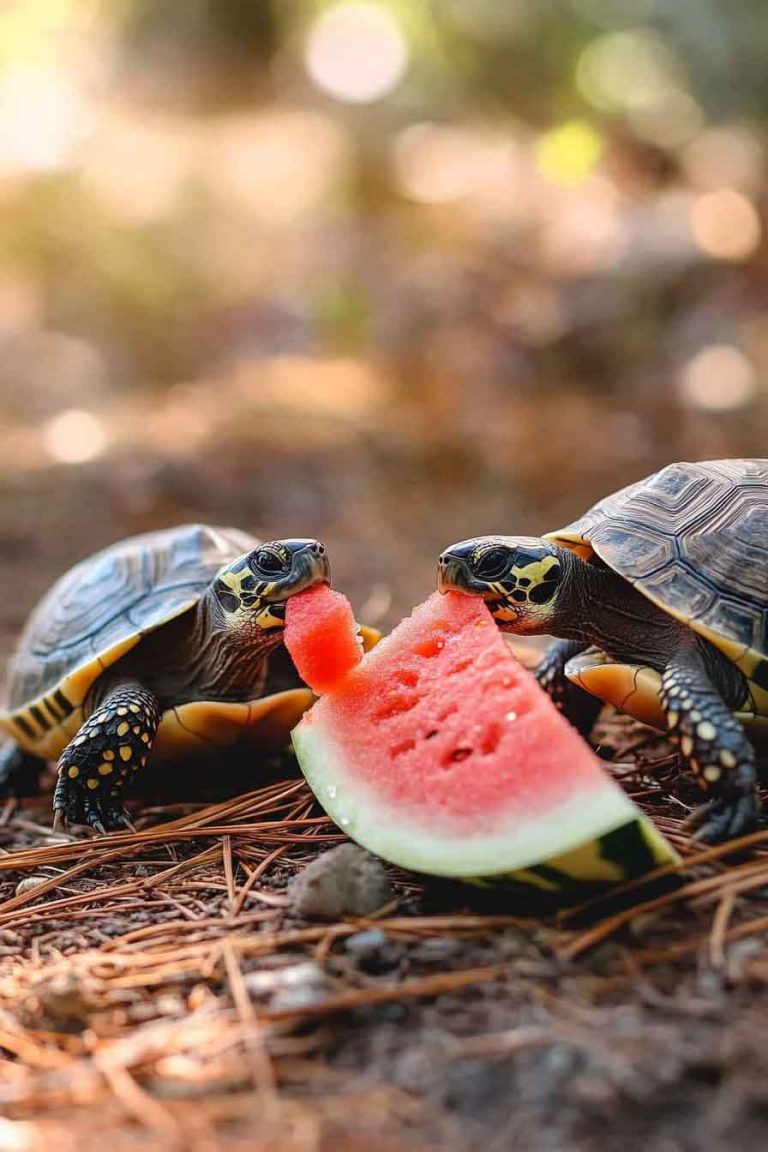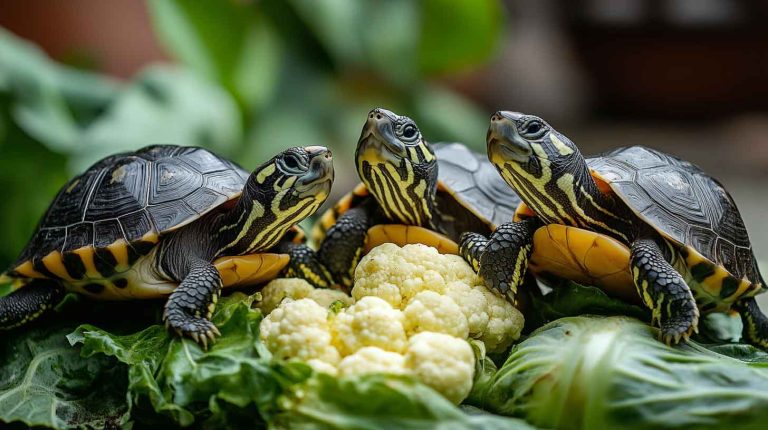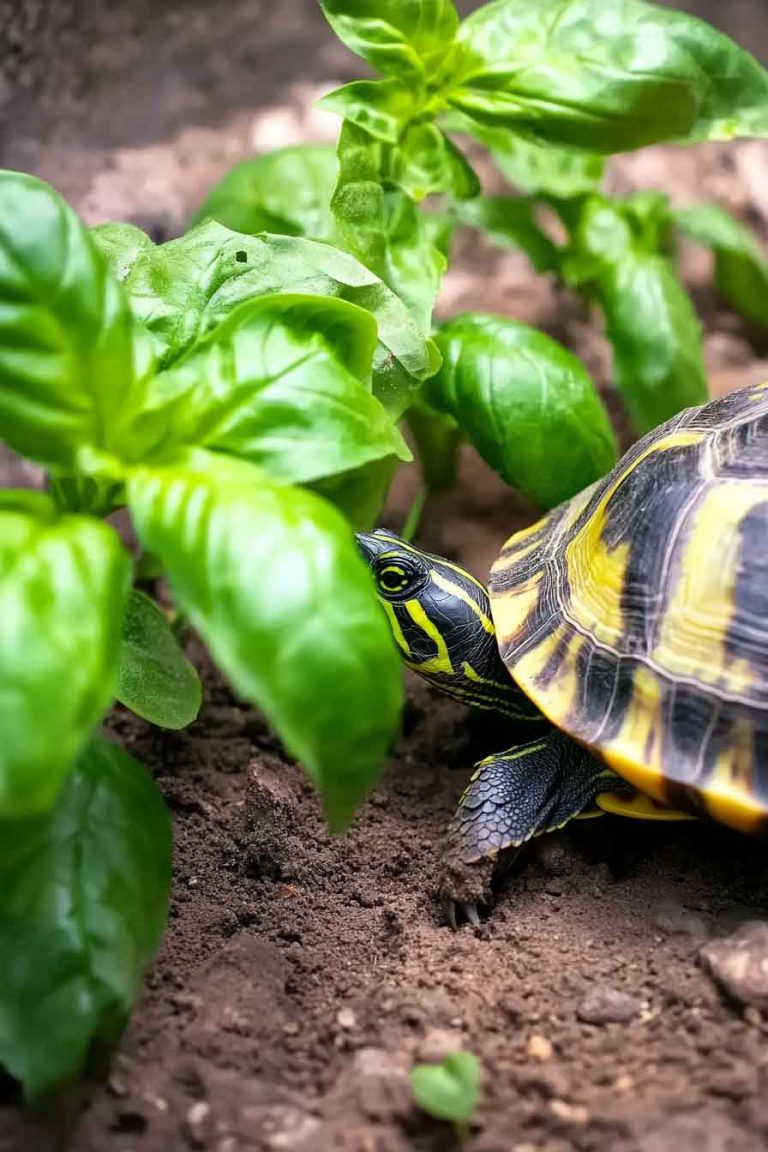Do Turtles Need Calcium? Top Foods for Shell Strength
If you’re a turtle owner like me, you’ve probably wondered about your pet’s nutritional needs. One of the most critical questions I get asked is about calcium requirements for turtles. After years of caring for these amazing reptiles, I can tell you that calcium is absolutely essential for your turtle’s health. So, do turtles need…
If you’re a turtle owner like me, you’ve probably wondered about your pet’s nutritional needs. One of the most critical questions I get asked is about calcium requirements for turtles. After years of caring for these amazing reptiles, I can tell you that calcium is absolutely essential for your turtle’s health.
So, do turtles need calcium? The answer is yes – turtles absolutely need calcium. Calcium is crucial for shell development, bone strength, muscle function, and overall health. Without adequate calcium, turtles can develop serious conditions like Metabolic Bone Disease (MBD), which can be life-threatening.
In this comprehensive guide, I’ll share everything I’ve learned about calcium requirements for turtles, the best calcium-rich foods, and how to ensure your turtle gets the right amount. Keep reading if you want to keep your turtle healthy and thriving.
Why Do Turtles Need Calcium?
Let me explain why calcium is so vital for your turtle’s wellbeing. Turtles require calcium for several critical bodily functions that I’ve observed in my years of turtle care.
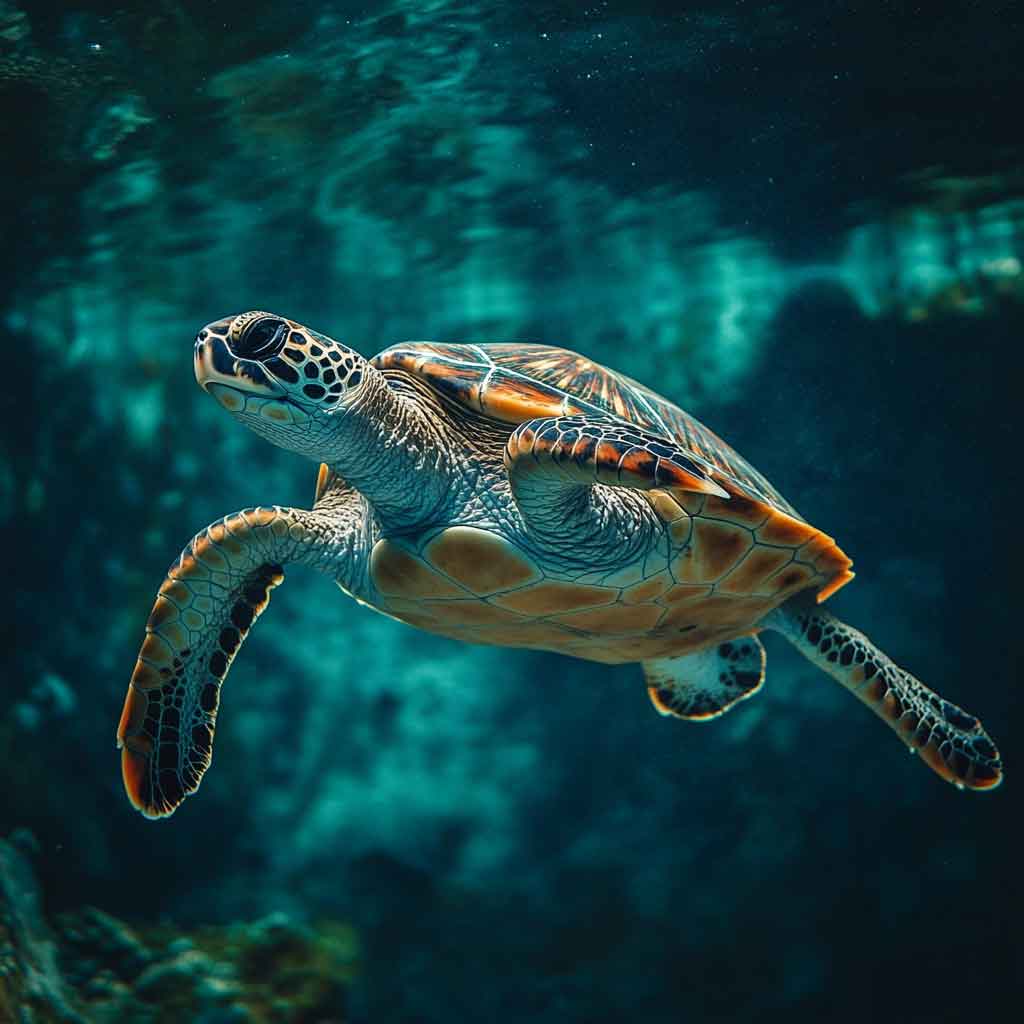
Shell Development and Maintenance
Your turtle’s shell is essentially living bone tissue that requires constant calcium to stay strong and healthy. I’ve seen too many turtles with soft, deformed shells due to calcium deficiency. The shell protects your turtle’s vital organs, so maintaining its integrity is crucial.
Bone Strength and Structure
Just like humans, turtles need calcium for strong bones. Their skeletal system supports their entire body, and without adequate calcium, bones become brittle and prone to fractures.
Muscle Function
Calcium plays a vital role in muscle contractions, including the heart muscle. I’ve noticed that calcium-deficient turtles often show signs of muscle weakness and coordination problems.
Blood Clotting and Nerve Function
Calcium is essential for proper blood clotting and nerve signal transmission. These functions are critical for your turtle’s survival and overall health.
The Ideal Calcium to Phosphorus Ratio
Here’s something crucial that many turtle owners don’t understand – it’s not just about providing calcium, but about maintaining the right balance. Turtles need a 2:1 calcium to phosphorus ratio in their diet.
Why This Ratio Matters
When phosphorus levels are too high compared to calcium, the phosphorus actually binds with calcium in your turtle’s body, preventing calcium absorption. This creates a calcium deficiency even if you’re providing calcium supplements.
Let me break down what happens when this ratio is wrong:
- Shell Problems: Soft, deformed, or pyramid-shaped shells
- Metabolic Bone Disease: Weakened bones and skeletal deformities
- Growth Issues: Stunted or abnormal growth patterns
- Muscle Weakness: Difficulty moving or swimming
What Foods Contain Calcium for Turtles?
Based on my experience feeding various turtle species, here are the best calcium-rich foods you can offer your turtle:
Excellent Calcium Sources
Leafy Greens (My Top Recommendations)
- Collard greens: 232 mg calcium per 100g
- Mustard greens: 115 mg calcium per 100g
- Dandelion greens: 187 mg calcium per 100g
- Turnip greens: 190 mg calcium per 100g
- Bok choy: 105 mg calcium per 100g
Aquatic Plants
- Water hyacinth: High calcium, great for aquatic turtles
- Elodea: Excellent calcium source that turtles love
- Water lettuce: Good calcium content plus hydration
Other Calcium-Rich Options
- Cuttlebone: Natural calcium source (can be left in tank)
- Calcium-dusted insects: For omnivorous species
- Small fish with bones: Whole prey items for carnivorous turtles
Good Calcium Sources
Vegetables
- Squash: 21 mg calcium per 100g
- Sweet potato: 27 mg calcium per 100g
- Bell peppers: 10 mg calcium per 100g
- Green beans: 37 mg calcium per 100g
Fruits (Feed Sparingly)
- Figs: 35 mg calcium per 100g
- Papaya: 20 mg calcium per 100g
- Strawberries: 16 mg calcium per 100g
Foods to Avoid or Limit
From my experience, certain foods can interfere with calcium absorption or provide poor calcium ratios:
High Oxalate Foods
- Spinach: Contains oxalates that bind calcium
- Beet greens: High oxalate content
- Swiss chard: Can interfere with calcium absorption
High Phosphorus Foods
- Most fruits: Generally have poor calcium ratios
- Iceberg lettuce: Low nutritional value overall
- Processed foods: Should never be fed to turtles
How Much Calcium Do Turtles Need?
The calcium requirements vary based on several factors I’ve observed over the years:
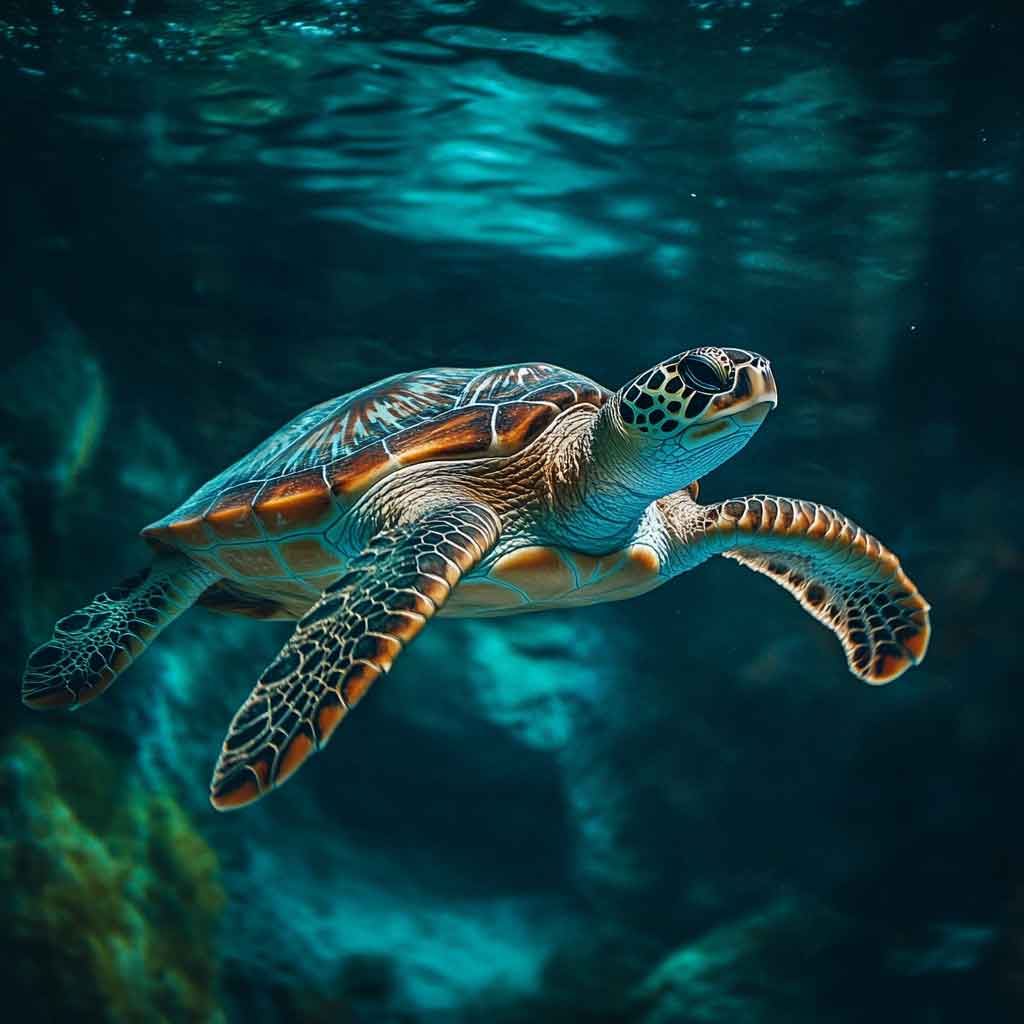
Age-Based Requirements
Juvenile Turtles (Under 1 Year) Young turtles need the most calcium for rapid shell and bone development. I recommend calcium supplementation 5-7 times per week for growing turtles.
Adult Turtles Mature turtles still need regular calcium, but less frequently. I typically supplement adult turtles 2-3 times per week.
Pregnant Females Female turtles preparing to lay eggs need extra calcium. I increase supplementation to 4-5 times per week during breeding season.
Species-Specific Needs
Different turtle species have varying calcium requirements:
Box Turtles As omnivores, box turtles need calcium from both plant and animal sources. I provide a varied diet with regular calcium supplementation.
Red-Eared Sliders These popular pet turtles need consistent calcium supplementation, especially when young. Their rapid growth requires substantial calcium intake.
Painted Turtles Similar to red-eared sliders, painted turtles benefit from regular calcium supplementation throughout their lives.
Signs of Calcium Deficiency in Turtles
Unfortunately, I’ve seen many cases of calcium deficiency in turtles. Here are the warning signs to watch for:
Early Signs
- Soft or flexible shell
- Loss of appetite
- Lethargy and reduced activity
- Difficulty swimming or moving
Advanced Signs
- Shell deformities or pyramiding
- Fractures in shell or bones
- Muscle tremors or seizures
- Difficulty breathing
Metabolic Bone Disease (MBD)
This is the most serious consequence of calcium deficiency. I’ve seen turtles with:
- Severely deformed shells
- Broken or bent limbs
- Inability to support their own weight
- Complete loss of mobility
Calcium Supplementation Methods
Let me share the most effective ways I’ve found to supplement calcium for turtles:
Calcium Powder
- Dust food items 2-3 times per week
- Use calcium without D3 for turtles with UVB lighting
- Use calcium with D3 for turtles without adequate UVB
Cuttlebone
- Provides natural calcium source
- Can be left in tank for turtles to nibble
- Great for aquatic species
Calcium Blocks
- Convenient for long-term supplementation
- Should not be the only calcium source
- Monitor to ensure turtle is actually consuming it
The Role of UVB Lighting and Vitamin D3
Here’s something many turtle owners overlook – calcium absorption requires vitamin D3, which turtles produce when exposed to UVB light.
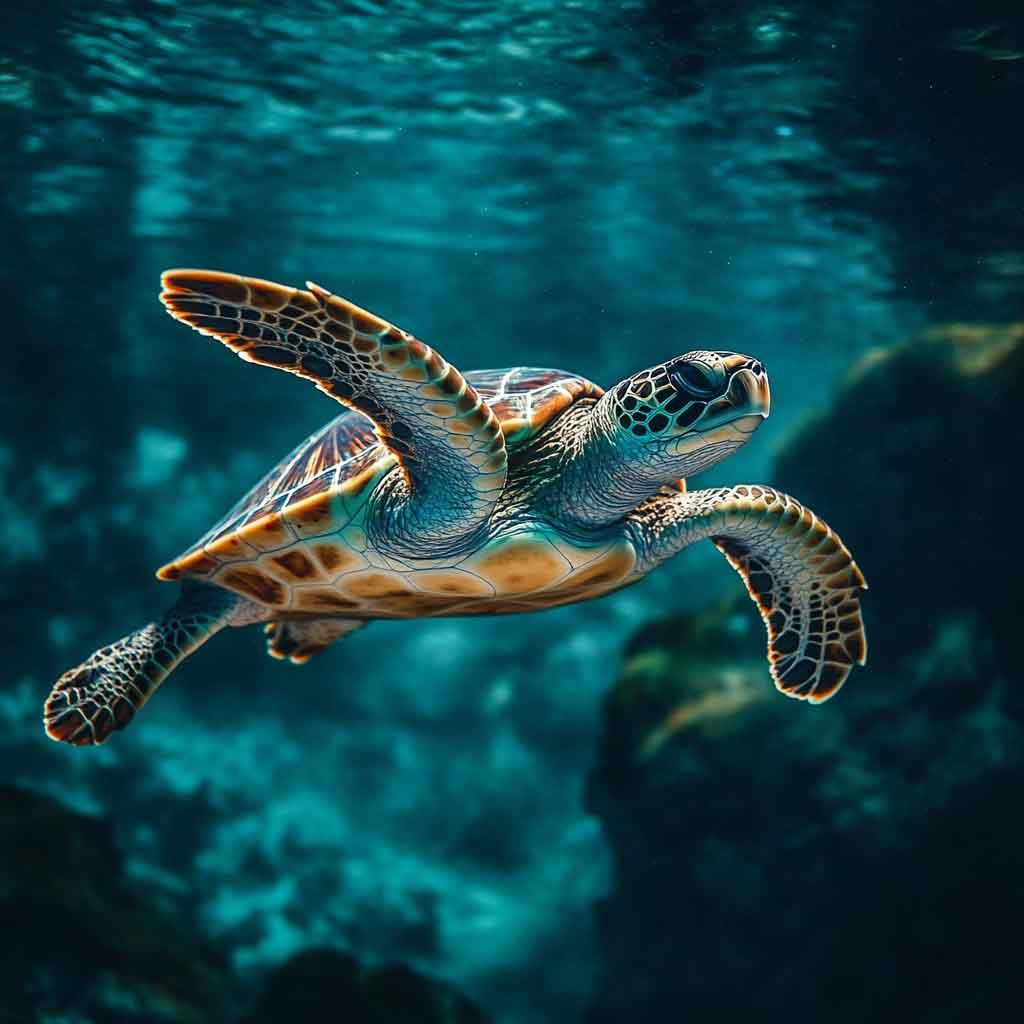
UVB Requirements
- Provide 10-12 hours of UVB lighting daily
- Replace UVB bulbs every 6-12 months
- Ensure nothing blocks UVB rays (glass, plastic screens)
Vitamin D3 Supplementation
- Use D3-fortified calcium if UVB lighting is inadequate
- Be careful not to over-supplement D3 (can be toxic)
- Natural sunlight is the best source when possible
Creating a Calcium-Rich Diet Plan
Based on my experience, here’s how I structure a calcium-rich diet for turtles:
Daily Feeding Schedule
Morning Feed
- Calcium-dusted leafy greens
- Small amount of calcium-rich vegetables
- Fresh water change
Evening Feed (if needed)
- Protein sources for omnivorous species
- Additional vegetables
- Monitor calcium intake
Weekly Supplementation Schedule
Monday, Wednesday, Friday: Calcium powder on food Tuesday, Thursday: Natural calcium sources (cuttlebone, calcium-rich plants) Weekend: Variety day with different calcium sources
Common Mistakes I’ve Seen Turtle Owners Make
Let me share some mistakes I’ve observed that can impact calcium absorption:
Over-Supplementation
More isn’t always better. Too much calcium can cause constipation and interfere with other nutrient absorption.
Wrong Calcium Type
Using calcium carbonate without considering D3 needs or UVB lighting availability.
Ignoring Phosphorus
Focusing only on calcium while feeding high-phosphorus foods that block absorption.
Inconsistent Supplementation
Providing calcium sporadically rather than maintaining a consistent schedule.
Species-Specific Calcium Needs
Different turtle species have unique requirements based on my observations:
Aquatic Turtles
- Need calcium that dissolves slowly in water
- Benefit from whole fish with bones
- Require consistent water quality for proper absorption
Semi-Aquatic Turtles
- Can utilize both terrestrial and aquatic calcium sources
- Often need more varied supplementation methods
- Benefit from natural foraging opportunities
Terrestrial Turtles
- Prefer calcium-dusted food items
- Can utilize cuttlebone effectively
- Need consistent access to calcium sources
Monitoring Your Turtle’s Health
Regular health monitoring is essential. Here’s what I watch for:
Monthly Checks
- Shell hardness and appearance
- Activity levels and appetite
- Weight and growth (for juveniles)
- Overall behavior patterns
Annual Veterinary Exams
- Professional health assessment
- Blood work to check calcium levels
- Shell and bone X-rays if needed
- Dietary consultation
Conclusion
Calcium is absolutely essential for your turtle’s health and wellbeing. Throughout my years of turtle care, I’ve learned that providing adequate calcium isn’t just about supplementation – it’s about understanding the complete nutritional picture.
Remember these key points:
- Maintain a 2:1 calcium to phosphorus ratio
- Provide consistent supplementation based on your turtle’s age and species
- Ensure adequate UVB lighting for vitamin D3 production
- Monitor your turtle regularly for signs of calcium deficiency
- Work with a reptile veterinarian for optimal care
By following these guidelines and providing calcium-rich foods regularly, you’ll give your turtle the best chance at a long, healthy life. Your shell-bound friend depends on you to make the right nutritional choices, and proper calcium supplementation is one of the most important things you can do for their health.
If you have any concerns about your turtle’s calcium intake or notice signs of deficiency, don’t hesitate to consult with a veterinarian experienced in reptile care. Your turtle’s health is worth the investment in proper nutrition and veterinary care.

